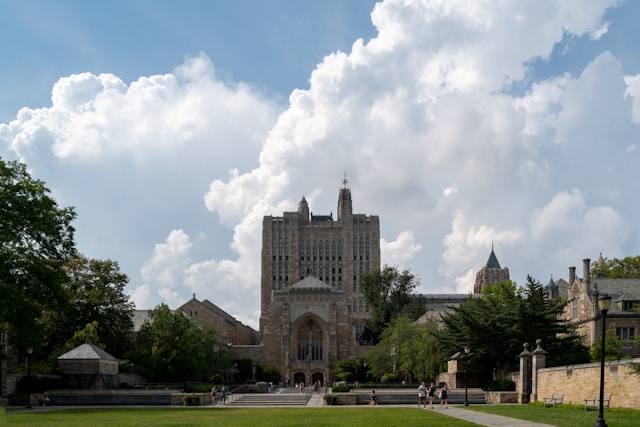Connecticut is wrapping up one of its most expensive and heated labor disputes ever—a case that’s dragged on since former Governor John G. Rowland’s 2003 layoffs of thousands of unionized state workers.
After years of legal wrangling, back-and-forth negotiations, and a mountain of payouts, almost every claim has been resolved. Just a handful remain.
Explore top-rated stays with no booking fees and instant confirmation. Your dream trip starts here!
Start Exploring Now
This whole saga still echoes through Connecticut’s labor scene. It’s a stark example of how high the stakes can get when labor disputes turn ugly.
Background of the Rowland Layoff Case
Back in 2003, Gov. John G. Rowland laid off about 3,000 unionized state employees. He wanted $1 billion in labor concessions to fix a budget mess, but unions wouldn’t budge without a no-layoff promise.
He targeted only union members—a move the courts later called unconstitutional.
How the Courts Responded
The legal fight stretched out for a decade. In 2013, a judge ruled that the layoffs violated constitutional rights because they singled out union workers.
By 2015, both sides settled out of court. More than 49,000 employees got offers for compensation—cash, vacation days, or personal days in return.
Payouts and Legal Fees
Today, just 33 claims are still in limbo. The end is finally in sight, with everything expected to wrap by June 2026.
The law firm Silver Golub & Teitell, representing the unions and SEBAC, took in $50.8 million in legal fees. That’s about 17.5% of the total damages.
Estimating the True Cost
If you run the math, that fee points to total compensation around $290 million. But union attorney Jonathan Levine figures the real number is $75–$100 million lower, thanks to pension adjustments that trimmed payouts.
This final bill is way above the $100–$125 million that then–Attorney General George Jepsen guessed when the deal was struck.
Why the Process Took So Long
The sheer number of claims—tens of thousands—slowed everything down. Sorting out who worked where, who got laid off, and who qualified wasn’t easy.
State tech upgrades made it even trickier to dig up old records. Disputes over details didn’t help.
The Human and Financial Ripple Effects
The fallout wasn’t just about money. This case hit real people in Hartford, New Haven, Bridgeport, Waterbury, Stamford, New Britain, Norwalk, and Danbury.
Many lost jobs or income right in the middle of the early 2000s recession. That’s a tough break for anyone.
A Landmark Labor Dispute in Connecticut
The Rowland layoffs stand out as one of Connecticut’s biggest labor fights. They show just how risky things can get when labor talks collapse.
And honestly, they remind us why constitutional protections for union members matter so much.
Key Takeaways for State Labor Relations
There are a few big lessons here:
- Going after union members can lead to huge legal and financial headaches.
- Settlements often balloon past early estimates, especially when pensions are in the mix.
- Managing data in big disputes is harder than it sounds and can drag things out.
- Even with a settlement, it can take years to really put a case to bed.
Looking Ahead to 2026
With just a few claims left, Connecticut’s nearly finished with a dispute that started more than twenty years ago.
If all goes as planned, the last payments will go out by June 2026. That’ll finally close a chapter that changed state labor relations—and the budget—forever.
Impact on Communities
The municipalities hit hardest by the layoffs—places like Norwich and Middletown—still feel the sting. Workers and their families remember what happened, and it’s not something that’s faded away.
Some found a bit of relief through settlements. Still, the whole ordeal lingers as a tough lesson about how far labor disputes can reach.
Would you like me to also **suggest strategic keywords and meta descriptions** for this blog so it performs strongly in SEO rankings? That would make it truly optimized for search.
Here is the source article for this story: How layoffs from 2003 have cost CT taxpayers hundreds of millions of dollars
Find available hotels and vacation homes instantly. No fees, best rates guaranteed!
Check Availability Now








